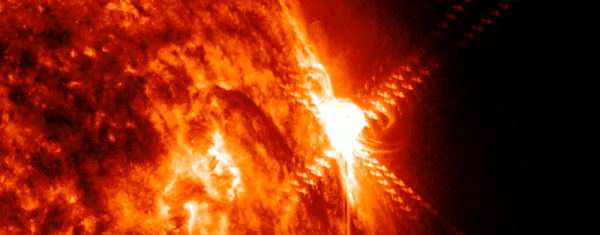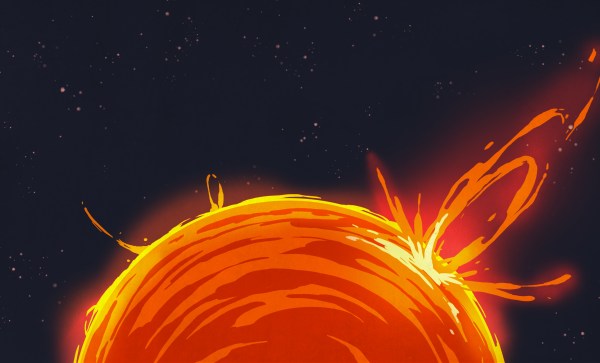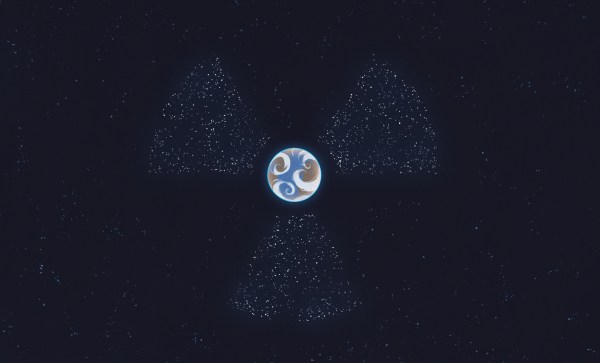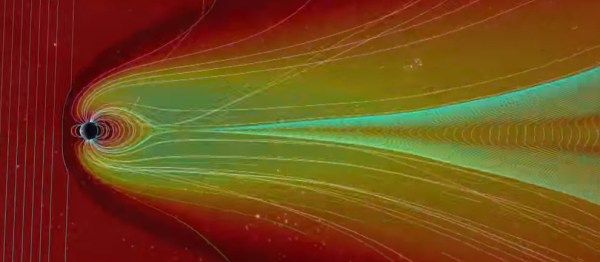In the “old” days, people were used to the idea that radio communication isn’t always perfect. AM radio had cracks and pops and if you had to make a call with a radiophone, you expected it to be unreliable and maybe even impossible at a given time. Modern technology, satellites, and a host of other things have changed and now radio is usually super reliable and high-fidelity. Usually. However, a magnitude 7.9 solar flare this week reminded radio users in Africa and the Middle East that radio isn’t always going to get through. At least for about an hour.
It happened at around 10 AM GMT when that part of the world was facing the sun. Apparently, a coronal mass ejection accompanied the flare, so more electromagnetic disruption may be on its way.
The culprit seems to be an unusually active sunspot which is expected to die down soon. Interestingly, there is also a coronal hole in the sun where the solar wind blows at a higher than usual rate. Want to keep abreast of the solar weather? There’s a website for that.
We’ve pointed out before that we are ill-prepared for technology blackouts due to solar activity, even on the power grid. The last time it happened, we didn’t rely so much on radio.
Continue reading “Solar Flare Quiets A Quarter Of The Globe”
















